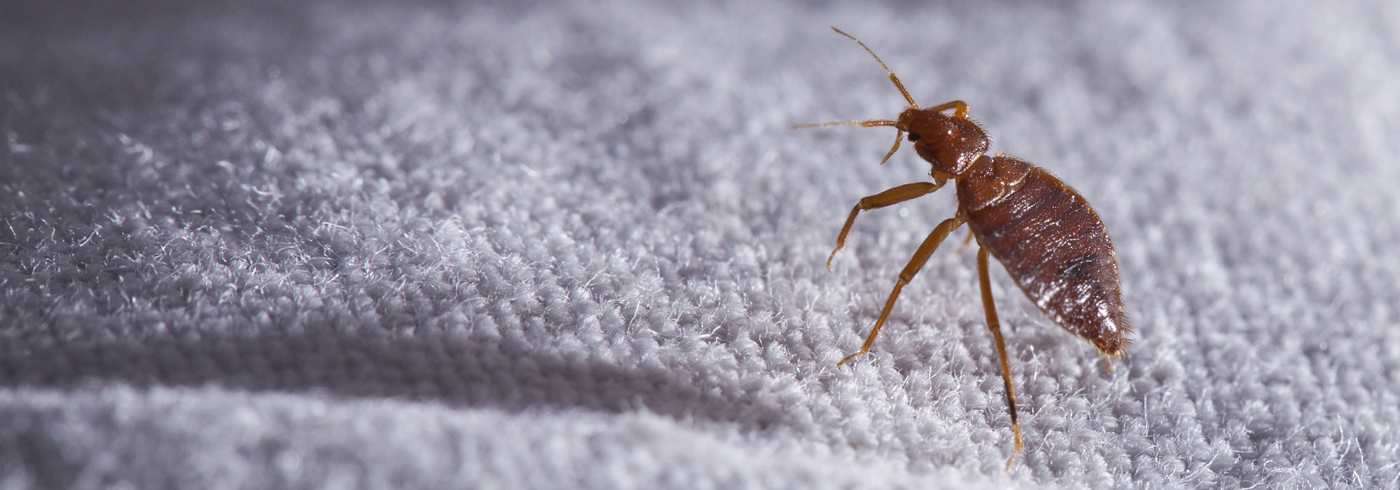
Insects, Rodents and Bites
Rodents
Rodents, such as rats and mice, can cause property damage. These include:
- Norway rat (common brown or sewer rat)
- Roof rat
- Mice
Rodents can eat almost anything, breed quickly, damage property and carry diseases. Rats and mice contaminate about 10 times more food than they eat. They can damage buildings by gnawing through rubber, soft metals, cinder blocks, plastic and wood. Mice can squeeze through a hole about the size of a dime. Rat holes are larger.
| Signs of a rodent problem |
|
The easiest way to identify a rodent problem is by seeing their droppings. Mice droppings are about the size of rice grains. Rat droppings are about the size of black beans. Other rodent signs:
|
| Control rodents |
Rodent-proof buildings
Reduce clutterGood housekeeping is very important in preventing rodents. Maintain yards to prevent hiding spots such as:
Remove food and water sources
Control the population
If you have an infestationHire a professional to set out bait and assist with trapping. |
|
Resources |
Bedbugs
Bedbugs are small insects, about the size of an apple seed. They have oval-shaped bodies and no wings. They usually come out and bite at night. It is possible for anyone, anywhere to experience a bedbug infestation. The cleanest house, hotel, or apartment can have bedbugs. You can prevent and control bedbugs by using an Integrated Pest Management Program that includes:
Prevention
Regular inspection and cleaning can help you prevent an infestation.
Identifying
The best way to control a bedbug infestation is to spot the problem early and act quickly.
Acting
If you find bed bugs in your home or apartment, talk to your landlord, building manager, or a pest control professional.
Request a Health Department display or presentation.
| Fact sheets |
| Resources |
Contact Us




